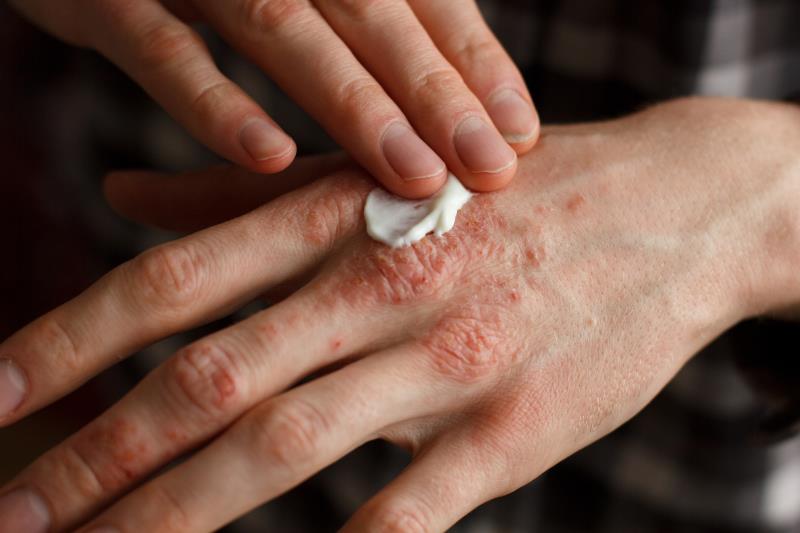
Biologic therapies for psoriasis may need to be switched between classes to increase drug survival in patients, suggest a recent study. Ad hoc retrospective studies are needed to confirm the benefits of this switching strategy.
“Biologic therapy for psoriasis is effective but not always long-lasting and sometimes needs to be switched,” the investigators said.
Of the 195 psoriasis patients included in this study, 90.6 percent achieved a reduction of ≥75 percent in their baseline Psoriasis Area and Severity Index (PASI) score. Ustekinumab (47/169; 27.8 percent) was the most commonly used biologic in 2018. Furthermore, those with higher baseline PASI scores had a higher likelihood of switching biologic therapies (odds ratio, 1.08; p=0.0399).
Drug survival with ustekinumab was longer (>7.0 years) in naïve patients, but no significant differences were seen in biologic-experienced patients. Prior treatment with biologic therapies increased the need for switching (hazard ratio [HR], 1.20; p=0.14). In addition, drug survival was longer when switching between biologic classes than when switching within biologic classes (HR, 0.48; p=0.003).
This study retrospectively observed 195 patients with psoriasis who were treated during 2006–2018. The investigators performed descriptive statistical analyses and logistic regression models. They also used Kaplan–Meier survival curves and multivariable Cox models adjusted for confounding variable to estimate and compare drug survival.
The study was limited by its single-centre, retrospective real-life design, which produced data that were “not perfectly homogenous.”